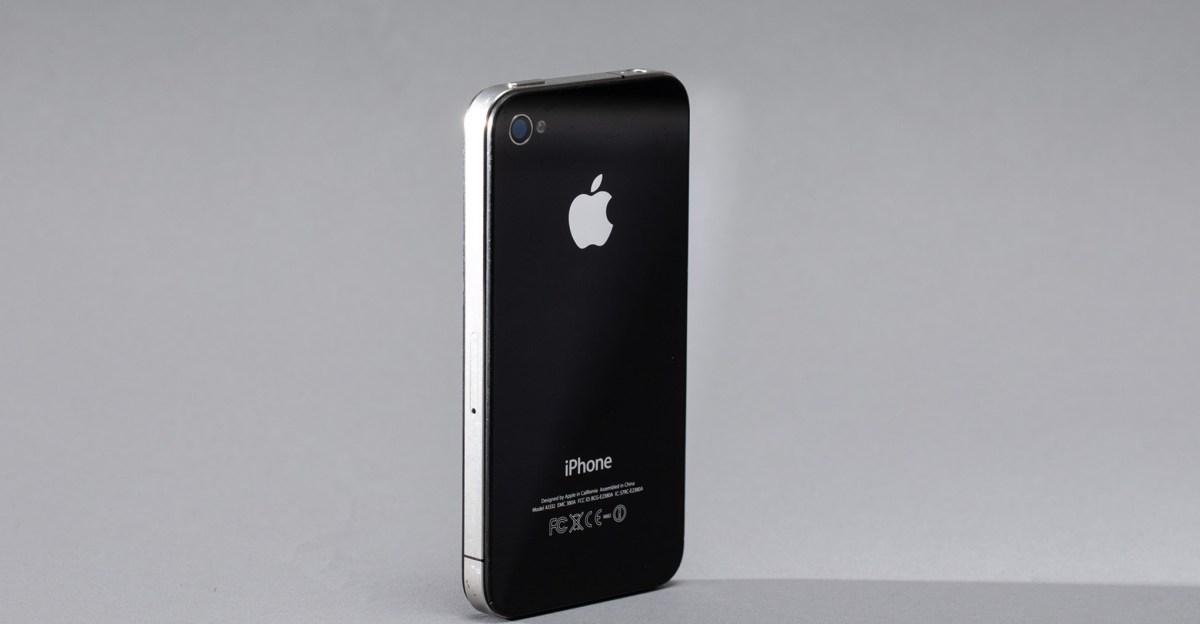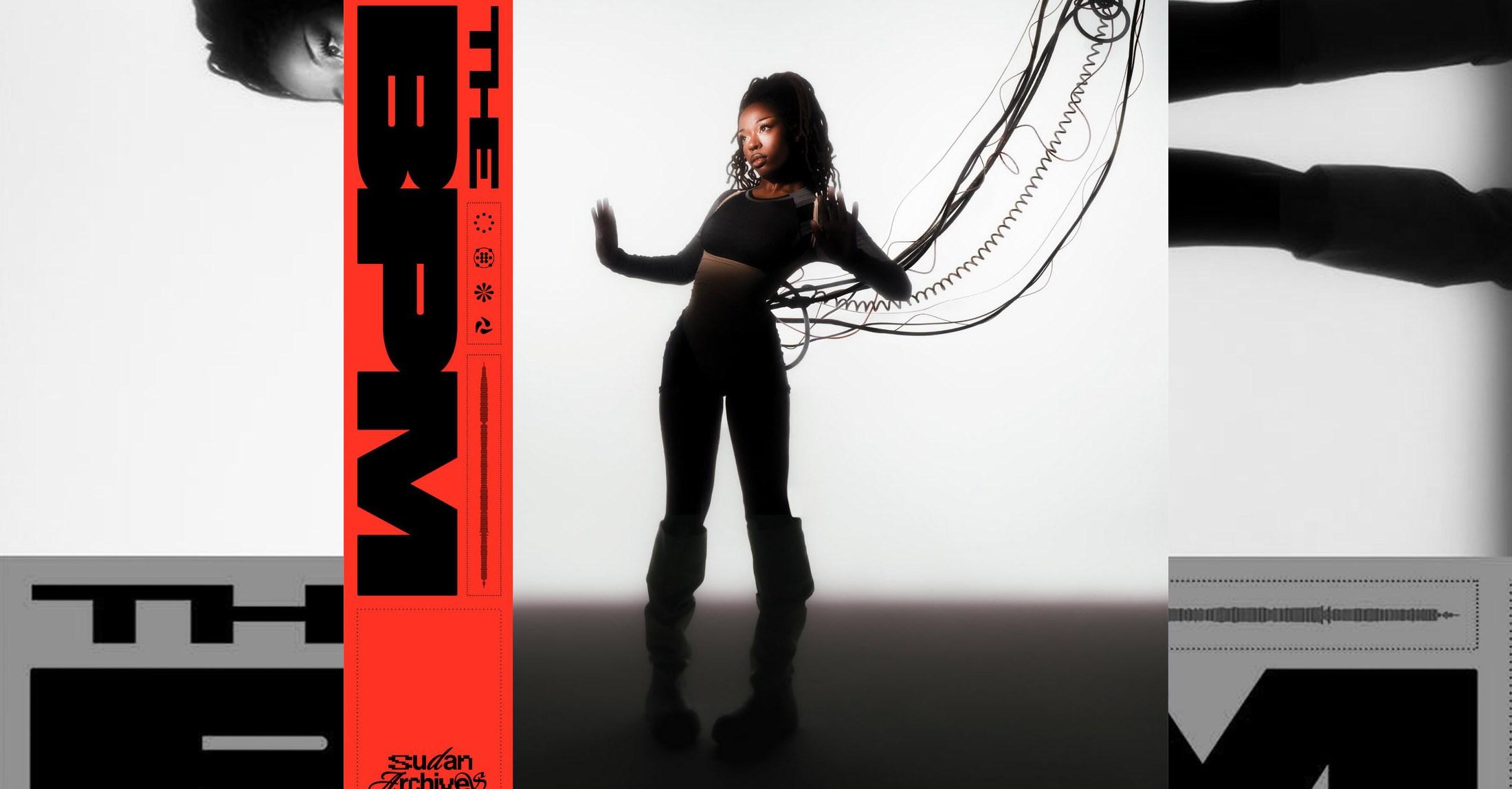Etiquette is about respect, not table manners.


About a century ago, it was considered common courtesy to be inconspicuous enough not to draw attention to yourself in public; for a host to almost always rise to greet a guest; and for young ladies to have a chaperone until they marry (or until they reach 30). It was especially prudent to never utter phrases such as “lovely food” (“good food” is correct form) or “I desire to purchase” when you could easily say “I should like to buy.”
These social edicts, delivered from on high, were published in the 1922 book Etiquette, or to give it its full title, Etiquette in Society, in Business, in Politics and at Home. The tome’s author, Emily Post, was a New York débutante of the late 1880s turned divorced single mother who sought to spell out the laundry list of manners that defined her generation. Post wasn’t the first to pen an etiquette guide — George Washington had 110 “rules of civility and decent behavior” he abided by; books like American Etiquette and Rules of Politeness and the Encyclopedia of Etiquette predate Post’s by decades. But Post became the definitive voice on manners: Etiquette was the best-selling nonfiction book when it was first published, according to the Emily Post Institute. In the ensuing century, the book has been updated 19 times, the most recent centennial edition completely revised for today’s society by Post’s great-great-grandchildren Lizzie Post and Daniel Post Senning.
Throughout history, there have always been rules — both implicit and explicit — dictating socially acceptable behavior. “You could really say the 10 Commandments is etiquette, right?” says Andrea Voyer, an associate professor of sociology at Stockholm University who is studying changes in etiquette over time through Post’s books. Practically since the country’s founding, American etiquette has been documented to guide the public, especially women, on how to behave. Advice columns have occupied newspaper inches for centuries, including modern iterations Miss Manners and the New York Times’ Social Q’s. Women’s magazines long educated readers on “dos” and “don’ts” of fashion, sex and dating, and domestic life.
Curiosity about proper etiquette extends beyond Gilded Age table manners and how to make small talk at parties. Today’s populace looks for advice on group chat best practices, on whether it’s okay to come to the office with a cold in a society still reeling from a worldwide pandemic. No one knows how to behave at weddings or concerts or movies or in public in general, and an authoritative voice is needed. Contemporary guidance is largely more democratic than in Post’s day — no book deal necessary — and comes from experts and lay people alike: TikTok creators dole out instructions on how to behave in virtually any situation, while the popular subreddit Am I the Asshole’s express purpose is to parse whether posters have acted appropriately. Many contemporary etiquette discussions are litigated online where social media commenters are quick to criticize anyone who doesn’t adhere to their personal standards.
Etiquette has been wielded to maintain an imbalanced, and sometimes violent, social order. However, civility and decorum can also be vehicles for peace. Without a definitive point of view on social niceties, or even a consensus on how we should treat one another, people are quick to point fingers at those with differing lifestyles and points of view, breeding discord and contempt. But do rules that have historically policed behavior still have a place in 21st-century society?
Who etiquette has typically served — and who it has excluded
Every society has its own informal rules providing a guideline for how its members should act, Voyer says. These rules of etiquette fulfill three purposes, according to Voyer: They help facilitate smooth interactions, allow us to identify fellow members of the community based on whether or not they follow the same social norms, and enable us to judge others’ perceived values based on their behaviors.
No one set of etiquette rules can apply to every culture and subculture. The way one behaves at school, at home, at the office, at the bar, in a different country, are all vastly different. Etiquette is “about cracking the code of conduct in each of those microcultures, which helps you belong,” says Sara Jane Ho, the host of the Netflix show Mind Your Manners.
Early American etiquette was largely in line with European standards, says John Kasson, a professor emeritus of history and American studies at the University of North Carolina at Chapel Hill and author of Rudeness and Civility: Manners in Nineteenth-Century Urban America. Beginning in the early 19th century, America began to develop its own distinct take on etiquette, Kasson says, one that aimed to be more egalitarian, but still was mired in contradiction. “On the one hand, we might say formal etiquette books and, by and large, the larger project of the cultivation of proper deportment, is a way both of policing class boundaries, being able to place people in this heterogeneous society in their proper niche, who belongs, who doesn’t belong in a certain place. So it’s an act of exclusion,” he says. “On the other, the whole enterprise of buying and selling etiquette books is obviously to teach people … and that’s a way of class mobility.”
While elite, white members of society were more likely to engage in strict rules of manners in Northern states, enslaved people and later, free Black Americans were etiquette experts in the South, says Trenette “Lady T” Wilson, an etiquette expert and social historian. Enslaved people who managed the household were well versed in the beats of a formal dinner and how to cook. After Reconstruction, Northern Black Americans began to move to large cities, building wealth through education, jobs, and marriage, Wilson says, all the while using etiquette as a common language with upper-class white Americans. In the South, sharecroppers and formerly enslaved Black people saw etiquette as the “enemy,” says Wilson; the rules white plantation owners forced them to abide by. “That is the demarcation of how etiquette was used in those two societies: one to move up,” she says, “and then the other to survive.”
By the mid- to late 1800s and into the early 20th century, etiquette texts, including books specifically for Black audiences, exploded in popularity, says Cecelia Tichi, a professor emerita at Vanderbilt University and author of What Would Mrs. Astor Do? The Essential Guide to the Manners and Mores of the Gilded Age. Emily Post based her etiquette advice on what she referred to as “Best Society,” not merely wealthy people of power but “an association of gentle-folk, of which good form in speech, charm of manner, knowledge of the social amenities, and instinctive consideration for the feelings of others are the credentials.” However, Post referenced what she knew: elite New York society, according to Voyer. As such, consumers of her book were likely members of high society as well as people of lesser means who wanted to learn the manners of the upper crust, says Lizzie Post, the co-president at the Emily Post Institute. “My assumption would be,” Post says, “somewhat privileged white women were probably her biggest category.”
During this time, etiquette was also being weaponized to exclude. In the Jim Crow South, etiquette was used to maintain segregation and to police the actions of Black Americans. Both formal laws and informal etiquette fueled “what practices were made acceptable, and boundaries that were created through behavioral norms,” Voyer says. For example, Black people were expected to give way to whites on the sidewalk. “The rules of racial etiquette required Blacks to be agreeable and non-challenging, even when the white person was mistaken about something,” according to one paper. Similarly, etiquette plainly sets forth the differing expectations and power between men and women. In her research of Emily Post’s Etiquette, Voyer encountered pointed advice for intelligent women in early editions of the book: that the mark of a truly smart woman is to make the man she’s speaking with feel smart. “Those kinds of etiquette guidelines are telling you what the power structure is,” she says.
Etiquette acts as a guidepost
While polite behavior helped uphold structures of power, it has historically given us a roadmap for how to act. Generally, etiquette describes the normative practice, Voyer says. Societal guidelines, spoken and unspoken, help people navigate contemporary situations in a manner that others will understand and find acceptable. Dress codes are indicative of a given culture’s traditional style of dress; teaching children to share points to a collective importance placed on mutual respect; not shouting in a library is a sign you value others’ ability to concentrate.
As social norms change, so do the niceties. Early editions of Etiquette included passages about smoking as a social event (including who was allowed to smoke), Voyer notes, but more recent iterations focus on how not to bother others with smoking due to changing attitudes toward the practice. “You start with smoking as a social phenomenon to then, over time, smoking becoming a social problem,” Voyer says. “It starts being the host’s responsibility to facilitate smoking [in the 1920s] to, starting in the 1980s, the guests’ responsibility to not disturb anyone with smoking.” Post and her descendants were never political in their etiquette guidance by suggesting, for example, everyone quit smoking because cigarettes are unhealthy. Rather, the advice reflects the behaviors of today, not the ideals of tomorrow, which is what makes etiquette guidance so practical.
Even today, the etiquette expert Sara Jane Ho constantly fields questions from friends, celebrities, and strangers in her Instagram DMs about how to navigate evergreen situations, like “How do I invite someone to dinner but make it clear I don’t want their partner to come?” Tipping best practices and cell phone etiquette are topics on which audiences most frequently seek Lizzie Post’s guidance — each a social conundrum with a modern spin.
But these rules of respectability can be weaponized to belittle and exclude people based on harmful stereotypes. Those who do not look, sound, or act in the normative fashion may be labeled sloppy, inarticulate, aggressive, submissive, lazy, uneducated, deviant. While people may not intentionally use their interpretation of “good” manners to promote their biases, these biases can inform what someone may consider appropriate behavior. “Sometimes people can be really gaming you and saying, ‘We don’t want this person here because they don’t know how to behave in a meeting,’” Voyer says. “But what they really meant is, ‘This is a polite way for us to say we don’t want any Black people in this organization.’ But it could be that they actually think … [that’s] an important behavioral aspect of how the meeting should work.”
When addressed equally, today’s etiquette doesn’t dictate how someone should behave based on an elitist set of ideals. Rather, etiquette is about reading the room, about acting with respect and consideration both to ourselves and others. Without etiquette — and consequences for going against that social order — there would be no standard for how to treat one another. However, some experts suspect that Americans, if not most of the world, have already abandoned the ideals of good manners.
Societies without etiquette lack respect
Society is more casual compared to the stuffiness of Emily Post’s day and even the buttoned-up social expectations of the 1950s. As societies become more complex, what were considered hard and fast rules and expectations become more generalized and more like suggestions, according to research. This has, by and large, allowed people to live more authentically and with fewer social restrictions. Without a rigid list of do’s and don’ts, etiquette is distilled to its purest form: How does my behavior and actions affect other people?
A confluence of factors have made it difficult for some to consider their impact on others. Individualism encourages us to focus on our own comfort and well-being over our communities. Social media has emboldened users to shame, criticize, and bully those they disagree with. Increased political polarization has led to open hostility. During the pandemic, some considered collective health actions, such as masking, to impede on their personal freedoms. Cancel culture has laid bare the chasms between what one group considers acceptable and another deems unforgivable. “There’s [an] attitude of ‘Don’t give me orders, don’t tell me what to do,’” says Tichi, the professor emerita at Vanderbilt.
When one doesn’t consider themselves a member of any community, there are no social norms by which to abide and little consideration for others’ feelings and comfort in any context. Our society is one where most people do, and must, interact with and rely on others: at work, in the neighborhood, to coordinate care for an elderly relative. Maintaining a bit of decorum in those interactions is to act with good etiquette, experts say. “Regardless of what walk of life we’re in, we want to be respected,” says lifestyle and etiquette expert Elaine Swann. “Then the question lies, what can I do to respect this other person?”
An implicit agreement of mutual respect and civility is an indicator that we care about our relationships with others, Post says. “If we didn’t care,” she says, “we’d just all be out for ourselves. So in some ways, etiquette is for everyone because the idea of people interacting and doing that in a way that builds relationships is at the heart of etiquette, and that’s at the heart of community, society.”
A form of etiquette for the 21st century
Is it possible, then, for etiquette to guide but not police, to include but not ostracize, to allow for civility but not insist on submission? Done effectively, “etiquette is like the fabric of society,” according to Post: It facilitates caring interactions with others, which is the basis for healthy communities. However, this doesn’t mean deferring to everyone else’s preferences at the expense of your own comfort, or not speaking up in the face of injustice. For example, Ho’s go-to response when dealing with a combative conversation partner is to simply ask, “Are you okay?” “First of all, they don’t expect it,” she says. “Second of all, you’re not being rude. Thirdly, you’re staying calm, you’re keeping your power. And fourthly, you’re also checking them. At the same time, giving them the benefit of the doubt. You’re not accusing them of anything.” Etiquette expert Wilson says to avoid personal attacks or insults when in discussion with someone who has differing opinions.
Knowing how to deftly navigate the social intricacies of a business dinner, a friend’s wedding, and a Facebook group without offending anyone, embarrassing yourself, or letting others walk all over you is the delicate dance of contemporary etiquette. It’s using your voice to stand up for others and not being afraid of rocking the boat. It’s about sharing your perspective without resorting to name-calling.
“Etiquette absolutely can be used for elitism and exclusivity and knowing the secret social code; it can be used for judgment,” Post says. “But when we choose, as Emily did, to use it as a tool for self-reflection, it becomes this incredibly powerful thing that allows us to really see our own impact on others.”
NFL playoff-clinching scenarios: Which teams can secure a berth in Week 16?
- 2 hours ago
Pakistan Navy launches fourth Hangor Class submarine 'Ghazi' in China
- 11 hours ago

Inside the high drama of the iPhone 4
- 3 hours ago

Everything is a mockumentary now, thanks to Rob Reiner
- an hour ago
NDMA dispatches 27th aid consignment for Palestinians
- 13 hours ago
India summons Bangladesh envoy over security concerns in Dhaka
- 15 hours ago
What is going on with Trevon Diggs and the Dallas Cowboys?
- 2 hours ago

You need to listen to Sudan Archives’ violin opus for the club
- 3 hours ago

The low, low cost of ending extreme poverty
- an hour ago

The global shadow economy behind Trump’s latest move on Venezuela
- an hour ago

Tremors felt in Balochistan's Barkhan district
- 14 hours ago

Met Office forecast rain, snowfall from Dec 20
- 12 hours ago







